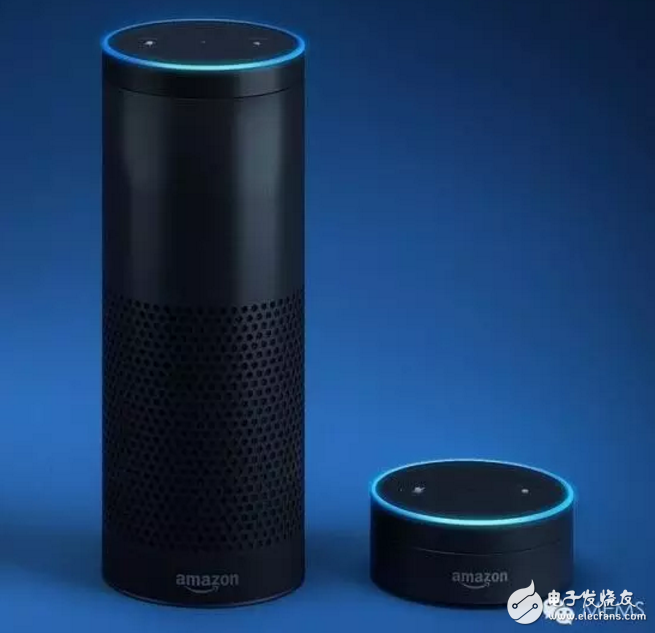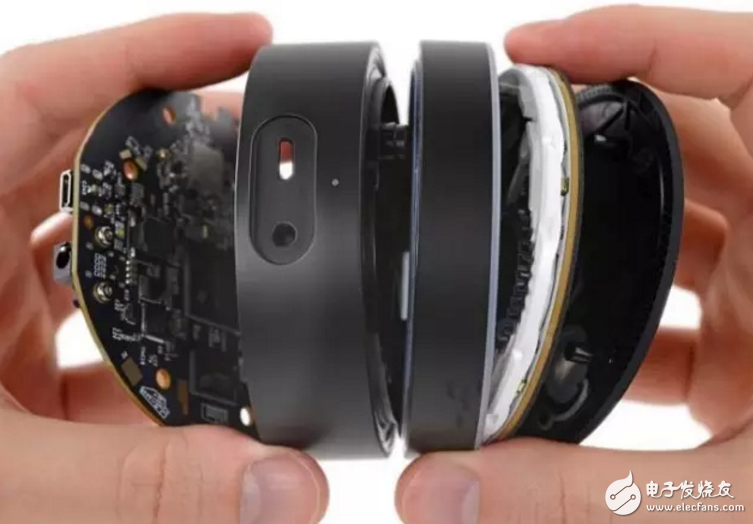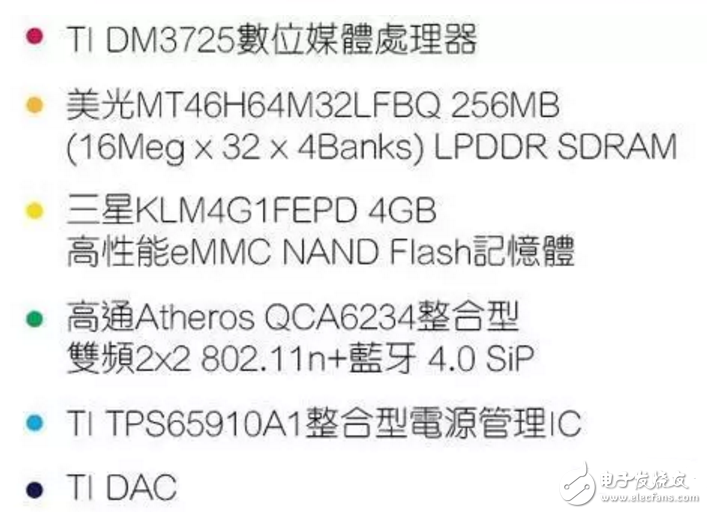As the star product of smart home, Amazon Echo smart speaker has been well known by ordinary consumers. An important function of Echo is Alexa virtual assistant. Alexa can help you find the answer through voice commands. But recently the Arkansas police in the United States thought it had "heard" some of the suspect's conversations, and this information was crucial for a murder case to murder, asking Amazon to hand over the audio information recorded by the suspect's Echo. However, Amazon refused to hand over information to the police on the Echo server, but they will pass suspected account information and purchase records to the police. With this information, the police said that they can get the data they need from the suspect's Echo, but what information they took is still a mystery. Because Echo has the feature of never going offline, users need to use specific words to trigger it, but whether it will occasionally "steal" and record some information in the untriggered state may only be known to Amazon. Does this news sound like deja vu? Yes, the US police also asked Apple to unlock the iPhone, because the iPhone used by criminals is the key to solving the problem. With the advancement of technology, the contradiction between the convenience of technology products and the privacy of consumers is increasing. Of course, today we are going to take a look at this event with a smart speaker Echo that can be controlled by voice with non-offline features. Amazon's latest second-generation Echo Dot is already available in the US, and the price has also been adjusted from $89.99 to $49.99. Amazon Echo (left) and its second generation product, Dot Amazon Echo (and its subsequent Dot) opens up a new marketplace that enables device vendors to achieve voice acquisition, improved microphone audio resolution, more advanced background noise filtering, better sound field detection and stable connectivity Competing on capabilities and other aspects to provide better audio quality. Dismantling Echo and Echo Dot After dissolving Echo and Echo Dot and further comparing it, Tom Hackenberg, principal analyst of IHS Markit Embedded Processors, said, "In addition to the memory vendor, I found that Echo and Echo Dot's processing components are not significantly different." Disassemble Echo and Echo Dot (Source: iFixit) According to the disassembly of iFixit, Amazon Echo uses: - Samsung K4X2G323PD-8GD8 256MB LPDDR1 RAM - SanDisk SDIN7DP2-4G 4GB iNAND Ultra Flash And when the new version of Dot is used: - Micron MT46H64M32LFBQ 256MB (16Meg x 32 x 4Banks) LPDDR SDRAM (volatile memory) - Samsung KLM4G1FEPD 4GB high performance eMMC NAND Flash (non-volatile storage) The processors used in both products are identical. At the core of Echo and Dot is "Texas Instruments (TI) media processor DM3725", in addition, Qualcomm Atheros QCA6234 application-specific standard processor is used to provide "connectivity." Hackenberg explained that although memory may slightly affect performance, memory pricing is volatile. Therefore, it is not uncommon for all products of the Echo series to change the components used throughout their life cycle. In contrast, "connection modules, especially media processors, are more complex, and if they are not major product updates, they generally won't change," he said. Hackenberg pointed out that the Atheros processor is dedicated to standard products for connectivity applications. The design is based on Tensilica's custom XTensa core, and "it only does one thing - coordinate communication with the network to facilitate the job." Erickson added, "Connectivity is critical because it involves the speed and reliability of which data can be captured, transmitted and received, etc. Due to the speed/response availability factor, it directly affects the interaction with the speaker. How "immediate" is. Therefore, Wi-Fi throughput, quality of service (QoS) and range improvements will all help. " All "local" smart functions are handled by the TI DM3725. Hackenberg pointed out, "This is a system-on-a-chip (SoC) designed for a variety of multimedia applications such as STBs, TVs, monitors, video game systems, etc." The DM3725 is a component based on the ARM Cortex A8 and integrates TI's C64x+DSP and 3D graphics acceleration engine. "The Cortex A8 is a mature and cost-effective application processor, but it's completely adequate for performing simple tasks locally," Hackenberg said. However, "If the application becomes more complicated than just a speaker, it may change." Amazon Echo Dot Motherboard (Source: iFixit) HDI is the English abbreviation for High Density Interconnector. High-density interconnect (HDI) manufacturing is one of the fastest growing areas in the printed circuit board industry. From the first 32-bit computer from HP in 1985 to the large client server with 36 sequential multi-layer printed boards and stacked micro-vias, HDI/mini via technology is undoubtedly the future PCB architecture. Smaller ASICs and FPGAs with smaller device spacing, I/O pins, and embedded passives have shorter rise times and higher frequencies, all of which require smaller PCB feature sizes, which drives Strong demand for HDI/mini vias. Buried Hole Pcb,Blind Hole Pcb,Buried Blind Hole Pcb,Multilayer Blind Buried Hole Pcb Chuangying Electronics Co.,Ltd , https://www.cwpcb.com



HDI process
First-order process: 1+N+1
Second-order process: 2+N+2
Third-order process: 3+N+3
Fourth-order process: 4+N+4